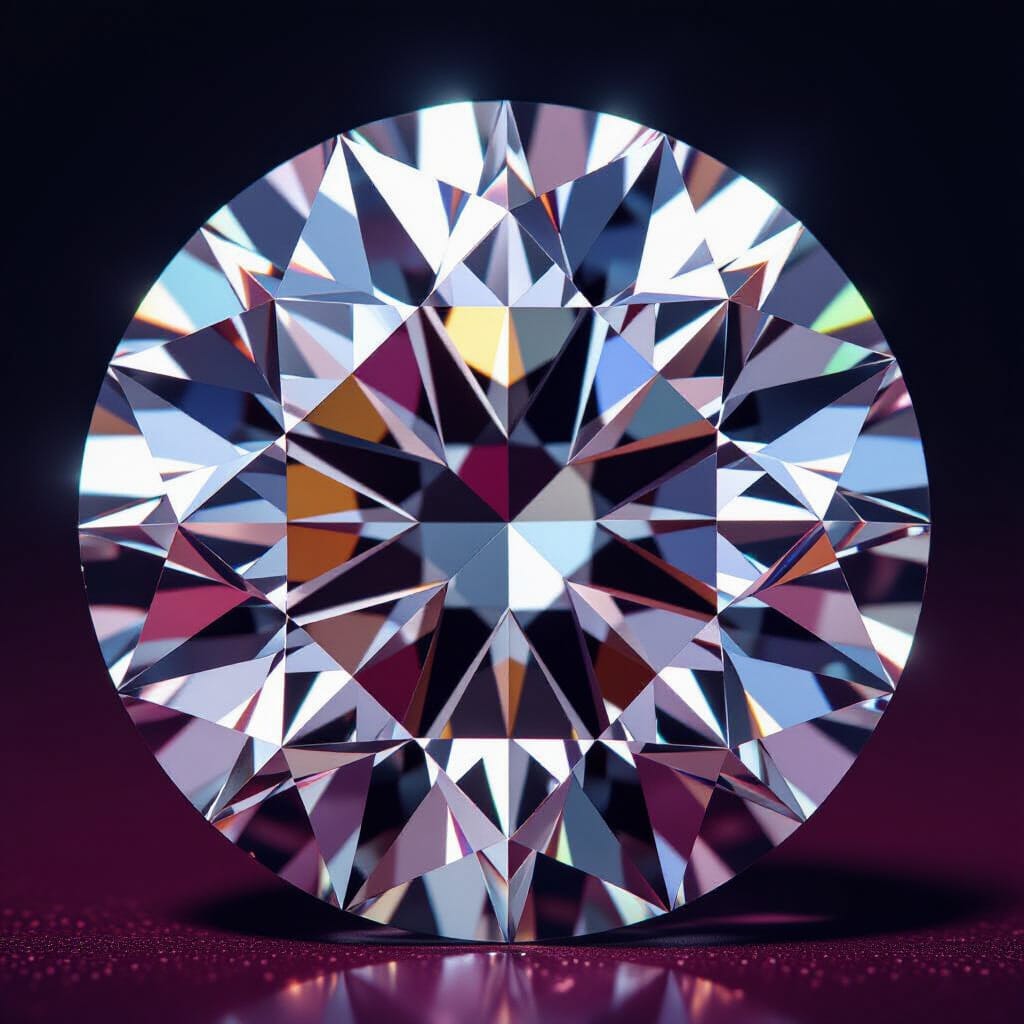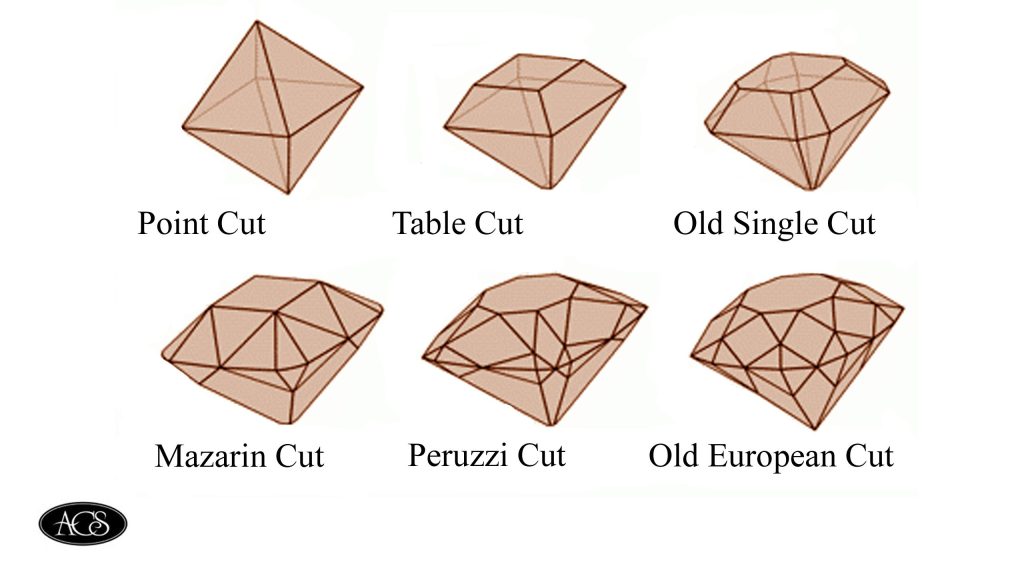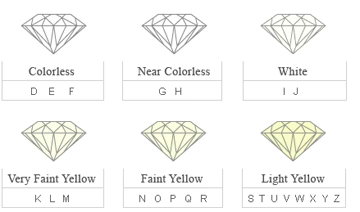Round Diamonds: The Ultimate Guide to Brilliance, Beauty & Value
🌟 Introduction: Why Round Diamonds Are the Forever Favorite

When you imagine a diamond, chances are you’re picturing a round brilliant cut. For more than a century, round diamonds have been the most popular and iconic cut, representing nearly 75% of all diamonds sold worldwide.
They are celebrated for their dazzling sparkle, balanced symmetry, and timeless beauty. Whether in royal crowns, celebrity engagement rings, or everyday jewelry, round diamonds are universally admired.
But what exactly makes them so special? Why do experts and buyers alike call the round brilliant the “gold standard of diamonds”? And, more importantly, how do you make a smart purchase that balances brilliance, beauty, and budget?
This mega-guide will walk you through everything you need to know: from history and science to buying tips, real-world examples, myths, and frequently asked questions. By the end, you’ll know why round diamonds remain the ultimate symbol of love and luxury — and whether they’re the right choice for you.
📜 A Sparkling History: The Evolution of Round Diamonds
🔹 The Origins of Diamond Cutting
Diamonds have been prized for thousands of years, but early diamond cutting was crude. In the 14th century, jewelers developed the Point Cut, which simply followed the natural octahedral shape of the rough stone. Soon after, the Table Cut emerged — a flat facet polished on the top.

These early diamonds lacked brilliance but carried enormous symbolic weight. They were reserved for royalty, clergy, and nobility, valued more for rarity than sparkle.
🔹 Renaissance Advances
By the 16th and 17th centuries, cutting techniques advanced, leading to the Rose Cut (with a flat bottom and domed, triangular facets) and the Mazarin Cut (34 facets). These early experiments laid the foundation for the round shapes to come.
🔹 The Old European Cut
The 18th and 19th centuries brought the Old Mine Cut and the Old European Cut. These stones, with circular outlines and large facets, were precursors to the round brilliant. Designed to sparkle under candlelight, they had a soft, romantic glow.
🔹 The Round Brilliant Revolution
In 1919, Belgian mathematician Marcel Tolkowsky published Diamond Design, a groundbreaking thesis calculating the exact proportions for maximum brilliance. His formula led to the modern Round Brilliant Cut — with 58 facets cut to precise angles for optimal light return.
💡 Real-World Example: When De Beers launched its “A Diamond is Forever” campaign in 1947, it showcased round brilliant diamonds almost exclusively, cementing the cut as the ultimate engagement ring choice.
Struggling to find a trusted place to get your diamond ring? Take a look at our Best Online Diamond Store.
💡 Why Round Diamonds Sparkle Like No Other
The unmatched sparkle of a round diamond comes down to light performance. A well-cut round brilliant is designed to capture, bend, and reflect nearly all incoming light.
- Brilliance: Bright white flashes of light returned to the eye.
- Fire: Rainbow flashes created by dispersion.
- Scintillation: The dynamic sparkle when the diamond moves.
Other shapes may excel in elegance or unique aesthetics, but none can consistently match the 98% light return of a perfectly cut round diamond.
🔍 The 4Cs of Round Diamonds: A Complete Breakdown
The 4Cs — Cut, Color, Clarity, Carat — are the universal grading system for diamonds. But round diamonds have unique qualities within each category.
1. ✂️ Cut: The Sparkle Maker
- Cut is the most important factor for rounds.
- A poorly cut round diamond will look dull, even if it’s flawless in clarity or color.
- Always choose Excellent (GIA) or Ideal (AGS) cut grades.
🔬 Advanced Insight:
- Look for a table percentage of 54–57% and depth percentage of 61–62% for optimal brilliance.
- “Hearts and Arrows” rounds are cut with extreme precision, producing perfect symmetry visible under magnification.
2. 🎨 Color: The Subtle Balancing Act

- Round diamonds mask color better than step cuts (emerald, asscher).
- For most buyers, G–H (near colorless) offers the best balance of beauty and value.
- In warm settings (yellow/rose gold), even I–J color appears white.
- For platinum or white gold, stick with D–H for a crisp, icy look.
💡 Case Example: A G-color round in platinum often appears as white as a D-color to the naked eye, saving thousands.
3. 🔍 Clarity: What the Eye Sees vs. the Report Says

- Round diamonds hide inclusions (tiny imperfections) well thanks to their sparkle.
- Most buyers find VS2 or SI1 clarity stones look “eye-clean” — no flaws visible without magnification.
- Paying for flawless (IF) is usually unnecessary unless you want rarity.
4. 💎 Carat: Size, Perception & Value
- Carat measures weight, not visual size.
- Rounds appear slightly smaller face-up than elongated shapes of the same carat.
- Buying just below magic thresholds (0.90ct vs. 1.0ct, 1.40ct vs. 1.5ct) can save 15–25%.
💡 Real Example: A 0.90ct round can look nearly identical to a 1.0ct, but cost $1,500–$2,000 less.
💍 Round Diamonds in Engagement Rings
Round diamonds are the most chosen cut for engagement rings, symbolizing eternity, balance, and perfection.
Popular Settings:
- Classic Solitaire → A single round diamond on a plain band.
- Halo Setting → Surrounding diamonds magnify size and sparkle.
- Three-Stone → Past, present, and future symbolism.
- Pavé Band → Adds shimmer across the band.
Looking for precision cut diamonds? Read our In-depth Brian Gavin diamonds review.
Celebrity Inspiration:
- Blake Lively → Classic round solitaire.
- Natalie Portman → Vintage halo design.
- Ariana Grande → Round with unique setting.
🏆 Advantages of Round Diamonds
- Unmatched brilliance → brightest of all cuts.
- Timeless appeal → never goes out of style.
- Versatility → suits all settings & metals.
- Resale value → highest demand on the market.
- Forgiving → hides color & inclusions better than most cuts.
⚖️ Round Diamonds vs. Other Popular Cuts
| Feature | Round Diamond | Oval Diamond | Emerald Diamond | Princess Diamond |
|---|---|---|---|---|
| Brilliance | ⭐⭐⭐⭐⭐ | ⭐⭐⭐⭐ | ⭐⭐ | ⭐⭐⭐⭐ |
| Timelessness | ⭐⭐⭐⭐⭐ | ⭐⭐⭐⭐ | ⭐⭐⭐ | ⭐⭐⭐ |
| Hides Inclusions | ⭐⭐⭐⭐ | ⭐⭐⭐ | ⭐ | ⭐⭐⭐ |
| Price Premium | High | Medium | Medium | Low |
💰 Pricing & Smart Buying Strategies
- Expect to pay 20–30% more for a round than a fancy cut of the same weight.
- Prioritize Cut → never compromise here.
- Buy just below thresholds (0.90ct, 1.40ct).
- Consider lab-grown rounds for 50–70% savings.
- Avoid overspending on perfection → eye-clean VS2 & G color often look flawless.
🌍 Ethical & Sustainable Round Diamonds
- Lab-Grown Diamonds → eco-friendly, identical sparkle, lower cost.
- Conflict-Free Sourcing → certified through the Kimberley Process.
- Vintage or Recycled Diamonds → sustainable and unique.
🔮 Myths & Misconceptions
- Myth 1: Bigger carat = more sparkle.
Reality: Cut is king. A smaller, well-cut round outshines a larger poor cut. - Myth 2: Only flawless diamonds are worth buying.
Reality: Eye-clean VS2/SI1 rounds look flawless to the naked eye. - Myth 3: Lab-grown rounds are fake.
Reality: They are chemically identical to mined diamonds.
Seeking Lab-grown diamonds? See James Allen Lab-Grown Diamonds review.
📌 Conclusion: Should You Choose a Round Diamond?
If you want:
✔ The most brilliant sparkle
✔ A timeless style that never fades
✔ Universality across settings and styles
✔ Long-term value and demand
…then the round brilliant cut is the ultimate choice.
Round diamonds represent the pinnacle of diamond cutting — blending science, artistry, and symbolism into one perfect stone. Whether mined, lab-grown, or vintage, round diamonds will forever remain the benchmark of beauty.
❓ Extended FAQ on Round Diamonds
1. Why are round diamonds more expensive than other shapes?
Round diamonds are generally 20–30% more expensive than fancy shapes like ovals or princess cuts. There are two main reasons:
Cutting Waste: Rounds waste more of the rough diamond during cutting — sometimes up to 60% of the original stone is lost. That inefficiency translates to higher prices per carat.
Demand: Round diamonds are the most popular, representing nearly 75% of all diamonds sold. Higher demand drives up price.
2. Do round diamonds sparkle more than other cuts?
Yes — round diamonds are engineered to maximize sparkle. Thanks to their 58 facets and mathematically calculated angles, they return more light to the eye than any other cut. While shapes like oval or princess cuts can be brilliant, none match the consistent brilliance, fire, and scintillation of a well-cut round brilliant.
3. Are lab-grown round diamonds real diamonds?
Absolutely. Lab-grown diamonds are chemically, physically, and optically identical to mined diamonds. The only difference is their origin — grown in a controlled lab environment instead of extracted from the earth. Both sparkle the same, and both can be certified by institutions like GIA or IGI.
4. Do round diamonds look bigger than other shapes?
Not necessarily. In fact, elongated shapes like oval, marquise, and pear often appear larger face-up for the same carat weight because they spread more surface area. However, round diamonds compensate with their intense sparkle, which can make them appear larger and more eye-catching in real life.
5. What’s the best clarity grade for a round diamond?
The best value is usually found in VS2 or SI1 clarity. Round brilliants are excellent at hiding inclusions due to their sparkle and facet pattern. While flawless or VVS diamonds are rare and desirable, most inclusions in VS2/SI1 stones are invisible to the naked eye, meaning they look just as clean in person.
6. Do round diamonds hide inclusions better than emerald cuts?
Yes. Step-cut diamonds like emeralds and asschers have large, open facets that act like windows, making inclusions easier to see. Round brilliants, by contrast, have many small facets that scatter light, effectively masking imperfections. This makes them more forgiving at lower clarity grades.
7. How do I know if a round diamond is cut well?
Look for:
- GIA Excellent or AGS Ideal cut grades.
- Table % between 54–57 and Depth % around 61–62.
- Excellent symmetry and polish.
- If possible, request a Hearts and Arrows viewer — perfectly cut stones show symmetrical hearts and arrows patterns.
💡 A well-cut diamond will appear dazzling even in low light.
8. Is fluorescence bad in a round diamond?
Not always. Faint to medium fluorescence can actually be beneficial, especially in lower color grades (H–J), where it makes the diamond appear whiter. Strong fluorescence may cause a milky or hazy look in rare cases, but this is uncommon. For most buyers, faint or medium fluorescence is not a dealbreaker.
9. Are vintage Old European Cut diamonds worth buying?
Yes, if you appreciate history and character. Old European Cuts (the precursor to the modern round brilliant) were cut by hand in the 1800s and early 1900s. They have chunkier facets and a warm, candlelit sparkle. While not as brilliant as modern rounds, they carry charm, romance, and often come at a lower price. Many vintage collectors specifically seek them out.
10. Do round diamonds hold resale value?
Round diamonds generally have the strongest resale value of all shapes. Because they are the most in-demand, they are easier to sell or trade-in compared to fancy cuts. That said, like cars, most diamonds depreciate once purchased. To maximize resale value:
Keep paperwork and certification.
Stick to well-cut, certified stones.
Aim for popular sizes (1ct, 1.5ct, 2ct).
Some settings enhance the perceived size of a round diamond:
11. Which settings make round diamonds look bigger?
Some settings enhance the perceived size of a round diamond:
Bezel Setting: A slim metal rim around the stone can exaggerate its outline.
Halo Setting: A circle of smaller diamonds makes the center stone appear larger.
Thin Band Solitaire: A delicate band makes the diamond stand out more.
12. Is a 1-carat round diamond considered big?
A 1-carat round is the most popular size for engagement rings, but whether it’s “big” depends on finger size, setting, and cultural context. On average, a 1-carat round measures about 6.4–6.5mm across. For smaller hands, it can look substantial; for larger fingers, buyers sometimes prefer 1.5–2 carats.
13. What’s the most popular color grade for round diamonds?
The sweet spot for most buyers is G–H color. These grades are considered near-colorless, meaning they appear white to the naked eye but cost significantly less than D–F (colorless). Many jewelers consider G–H diamonds the best balance of quality and value.
14. Do men’s rings use round diamonds too?
Yes. While men’s diamond rings often favor simpler or more understated designs, round diamonds are still a common choice. They may be set as small accent stones in bands, or as bold solitaires in contemporary designs. The round cut’s brilliance appeals to both men and women.
15. Should I choose a mined or lab-grown round diamond?
gIt depends on your priorities:
- Mined Diamonds: Naturally formed over billions of years, often valued for rarity and tradition. Higher resale value.
- Lab-Grown Diamonds: Identical in look and composition, but more affordable (50–70% less). Environmentally friendly and conflict-free.
Both are excellent choices — the decision comes down to budget and values.
Learn how to choose your diamond on a budget.

